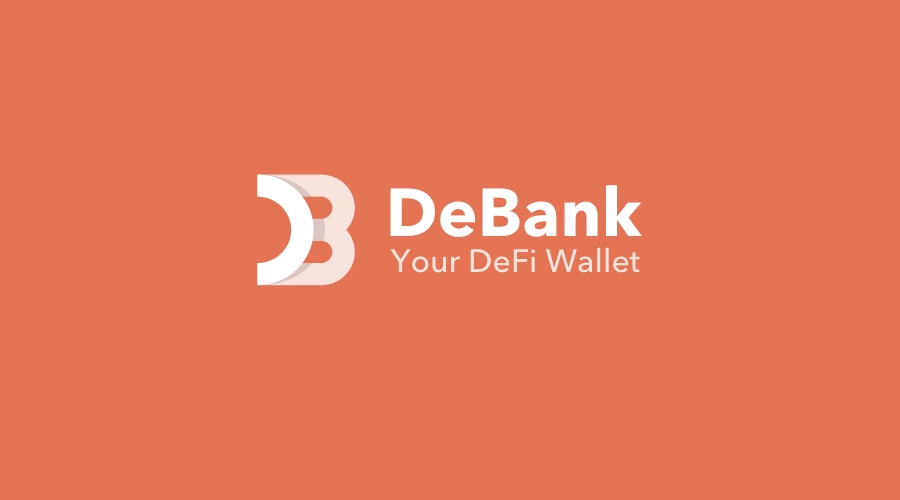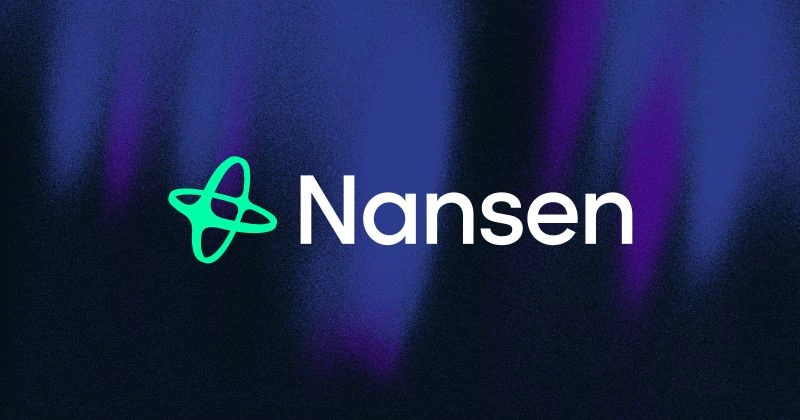Top On-Chain Tools That Actually Make Your Crypto Life Easier
Let’s Talk About the Top On-Chain Tools You Should Actually Be Using
Whether you’re knee-deep in DeFi or just starting to poke around the blockchain, top on-chain tools are pretty much non-negotiable. Why? Because they let you see what’s really happening on-chain—behind the flashy websites and marketing hype.
And look, we get it—some of these tools sound intimidating at first glance. But most of them are actually designed for everyday users, not just developers or data nerds. With the right tools, you can verify wallet balances, track suspicious transactions, or even sniff out smart contracts that might be up to no good. Sounds useful, right?
Etherscan: Still the Gold Standard for On-Chain Transparency
If we’re talking about the top on-chain tools, Etherscan is basically the OG. It’s been around forever (in crypto years, anyway), and it remains one of the most powerful tools for checking any transaction on the Ethereum network.
Got a pending transfer? Not sure if your NFT actually landed in your wallet? Just pop in the transaction hash or wallet address, and Etherscan lays it all out—timestamps, gas fees, token approvals, and more. It’s not fancy, but it works. And honestly, sometimes that’s all you need.


DeBank: The Portfolio Tracker You Didn’t Know You Needed
Ever tried to figure out where all your DeFi funds went? Yeah… it’s a mess. That’s where DeBank comes in. It’s basically a dashboard for your crypto life—showing you what tokens you’re holding, which protocols you’re staked in, and even what yields you’re earning (or not earning).
It supports multiple chains, which is handy, and it doesn’t bombard you with overly complex data. Just clean, useful info. Perfect if you’re not into spreadsheets or trying to dig through block explorers manually.


Dune: For the Data Curious (No Coding Required)
Some people think Dune is only for devs or data scientists. Not true. Sure, if you want to write custom SQL queries, go for it—but most users just browse pre-made dashboards. And they’re incredible.
You want to track how airdrops perform over time? Done. Want to know which DEX has the most users right now? There’s probably a chart for that too. It’s one of the top on-chain tools for those who like to make data-driven decisions—but don’t want to start from scratch.

Not Just for Experts: Why These Top On-Chain Tools Matter for Everyone
There’s this weird myth that only whales or advanced traders need to use on-chain tools. That couldn’t be more wrong. Even casual users benefit from knowing, say, whether a token approval is still active, or if a transaction failed because of low gas.
And with tools like Zapper, Nansen, or even simple browser extensions like MetaMask’s activity feed, there’s really no excuse to fly blind. Information is power, right? And these tools hand it to you—without needing to write a single line of code.

Don’t Let the UI Fool You—Most Tools Are Easier Than They Look
Let’s be honest: some of these dashboards look overwhelming at first. Tons of tabs, random terms, numbers everywhere… it’s a lot. But if you take 5 minutes to poke around—just explore—you’ll realize most of them follow the same logic:
- Input wallet or transaction hash
- Review output
- Cross-check if needed
That’s really it. And once you’ve done it a few times, it becomes second nature. Like checking your bank app—just, you know, without the bank.
Final Thoughts: Using Top On-Chain Tools Should Be Standard Practice
So here’s the bottom line: if you’re interacting with blockchain in any way—trading, minting, staking, whatever—you should absolutely be using the top on-chain tools available. They’re not just for advanced users anymore.
They’re for anyone who wants to protect their assets, make smarter moves, and stop guessing in a space where mistakes can be… well, expensive. Give them a try. Even if you’re not 100% sure what you’re looking at at first, it gets easier. Promise.
Related news: Top On-Chain Tools: Pros, Cons & What They’re Really Good For




